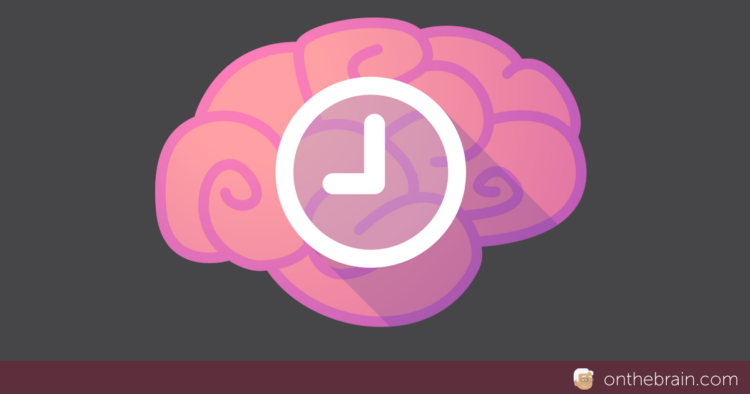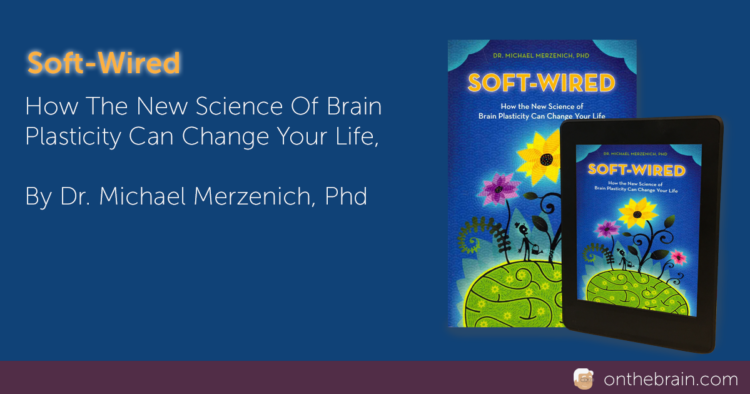Kids in car seats. Unintended consequences.
I’m in Queretaro, Mexico this week, visiting a world-class Neuroscience Insitute that is a part of the great Autonomous University of Mexico (UNAM). I am struck by the beautiful, happy children in the 17th-and 18th-Century old city center where my wife and I are staying. We’ve seen many children out in this beautiful, old city…



